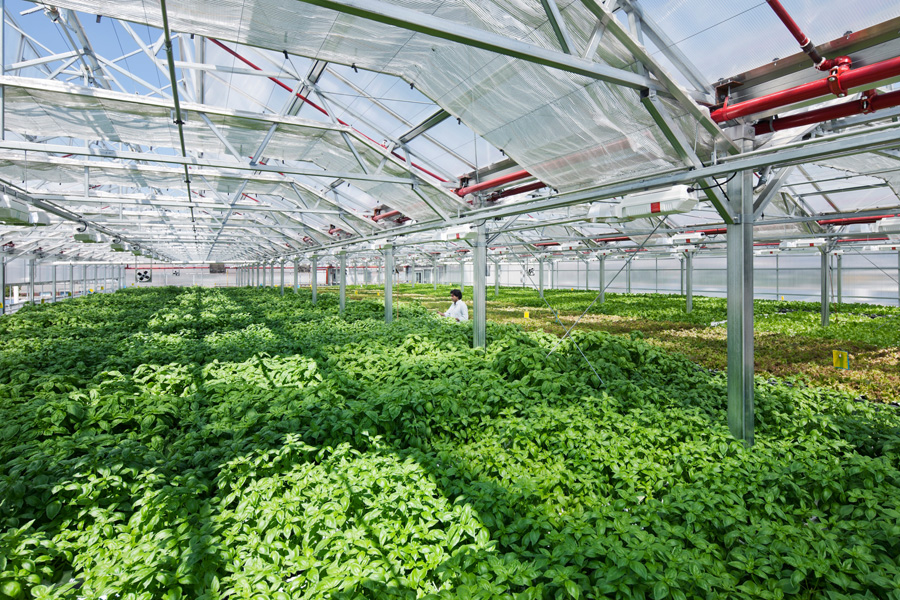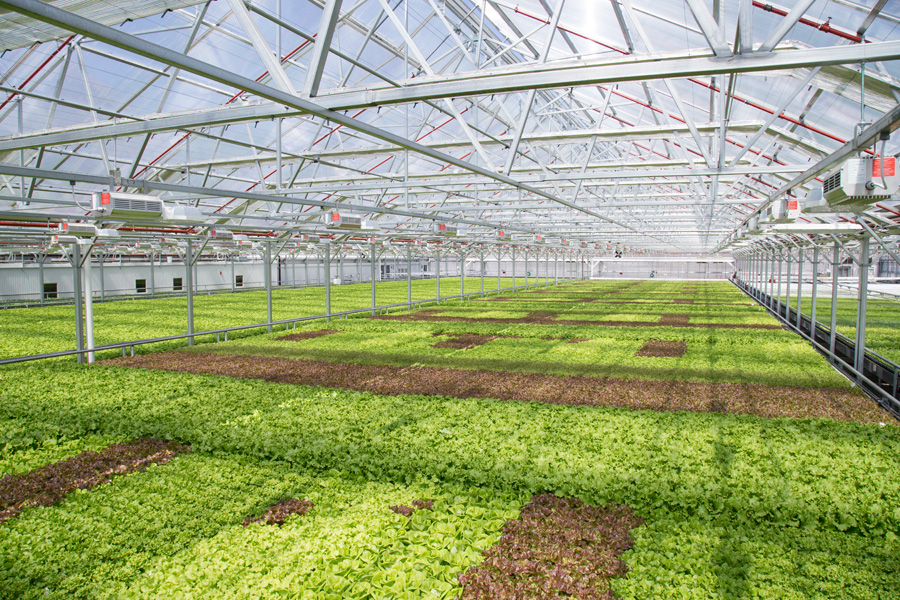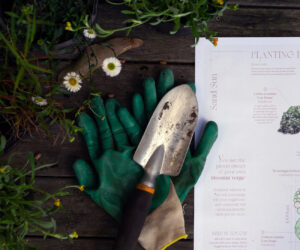The future of sustainable urban farming
As society continues to care more about how food is produced, urban farming has the ability to bring agriculture closer to the consumer, creating a potential boom for jobs, boosting exposure to farming and nurturing the passion vital for industry innovation.
That’s the view of entrepreneur turned first-generation farmer, Jan Vydra, who co-founded one of Australia’s leading herb growing and distributor companies, Australian Fresh Leaf Herbs (AFLH), just outside of Melbourne.
AFLH has grown quickly since starting in the early 2000s. Now employing over 100 full time staff, the business has gone from producing and marketing 2000 bunches of basil per week to around 180 000 products per week.
With the support of the William Buckland Foundation, Mr Vydra undertook a Nuffield Scholarship in 2016 to investigate emerging ways to grow more horticultural produce with less space, fewer inputs and using fewer natural resources.
The Nuffield journey took Mr Vydra to the United States, Europe, Asia and Israel, where he discovered a boom in urban farming, and the vital role it can play in achieving future food security.
“There is a common misconception that urban farming is a new concept, but it’s actually one of the oldest methods of agriculture, most notably since society moved away from ‘hunter gatherer’ to creating small plots around villages,” Mr Vydra said.
“Growing populations and urbanisation have driven the demand for food, and we’re seeing the emerging wealthy middle class demand higher quality and nutritious food on top.”
“Consumers want a sound understanding of where and how food is farmed, processed and delivered. Factors like fresher ingredients, organic production, as well as local and ethically sourced products are important.”
“Enter urban farming and the need to produce more food, with less earth.”
Mr Vydra said urban farming has been revived in the past decade and is wide-ranging, from the basic inner city vegetable garden, to rooftop greenhouses and complex vertical farming systems.
“Urban farming has become more appealing to a younger, tech-savvy generation, with the UN FAO showing that over 800 million are now active participants in urban farming in over 150 countries,” Mr Vydra said.
“Urban community gardens have shown that they are up to 15 times more productive on a square metre basis than conventional horticulture, and can produce one job for every 100 square metres of garden production.”
“In the United States, I discovered that cities like Detroit have a vibrant urban farming community, producing more than 180 000 kilograms of produce in recent years, across 1300 community gardens.”
“Urban community gardens clearly have a positive impact on our communities, providing easier access to food for all, whilst bringing people closer to the essence of farming.”
Mr Vydra said the introduction of LED lighting, sensor and heating technology, combined with robotics is revolutionising agriculture, with several companies heavily investing in rooftop greenhouses or sophisticated factory farms in cities.
“One of the best examples of a greenhouse rooftop is ‘Gotham Greens’ located in New York and Chicago, which utilises hydroponics to grow more than 10 types of leafy greens with a workforce of over 120.”
Modern urban farming can also utilise temporary structures and produce food on a smaller footprint, incorporating fully enclose hydroponic systems with LEDs, humidification and heating to cultivate leafy greens.
“For example, US-based company ‘Freight Farms’ utilises small shipping containers and prides itself on a small footprint, using 100 kWh of energy and under 75 litres of water per day with an overhead cost of $300 USD per month.”
Technologically advanced vertical farming is also gaining popularity.
“In Japan there has been unprecedented growth in vertical farming, with over 200 factories established since the Fukushima nuclear disaster in 2011, which is both helping to produce clean, green produce and reduce food miles to consumers.”
Mr Vydra said all examples are ways to produce more food with less and explains that whilst approaches vary, they all have a commonality in that they save valuable arable land.
“Urban farming isn’t the only solution to our global food security issue, but its methods certainly contribute greatly to the social, economic and environmental fabric of our communities.”
“I hope that my Nuffield research can encourage all Australian farmers to look at innovative ways to feed our growing world, so as to produce nutritious food and look after our precious natural resources for the generations to come.”





